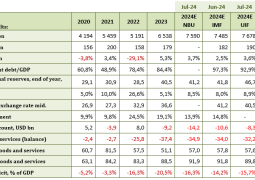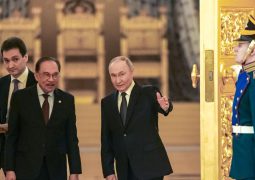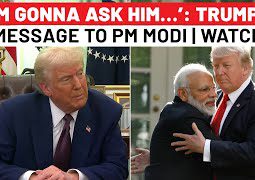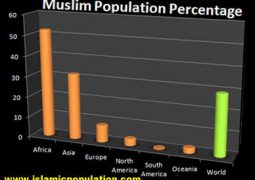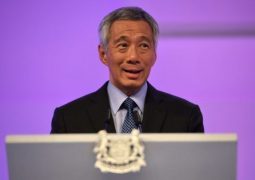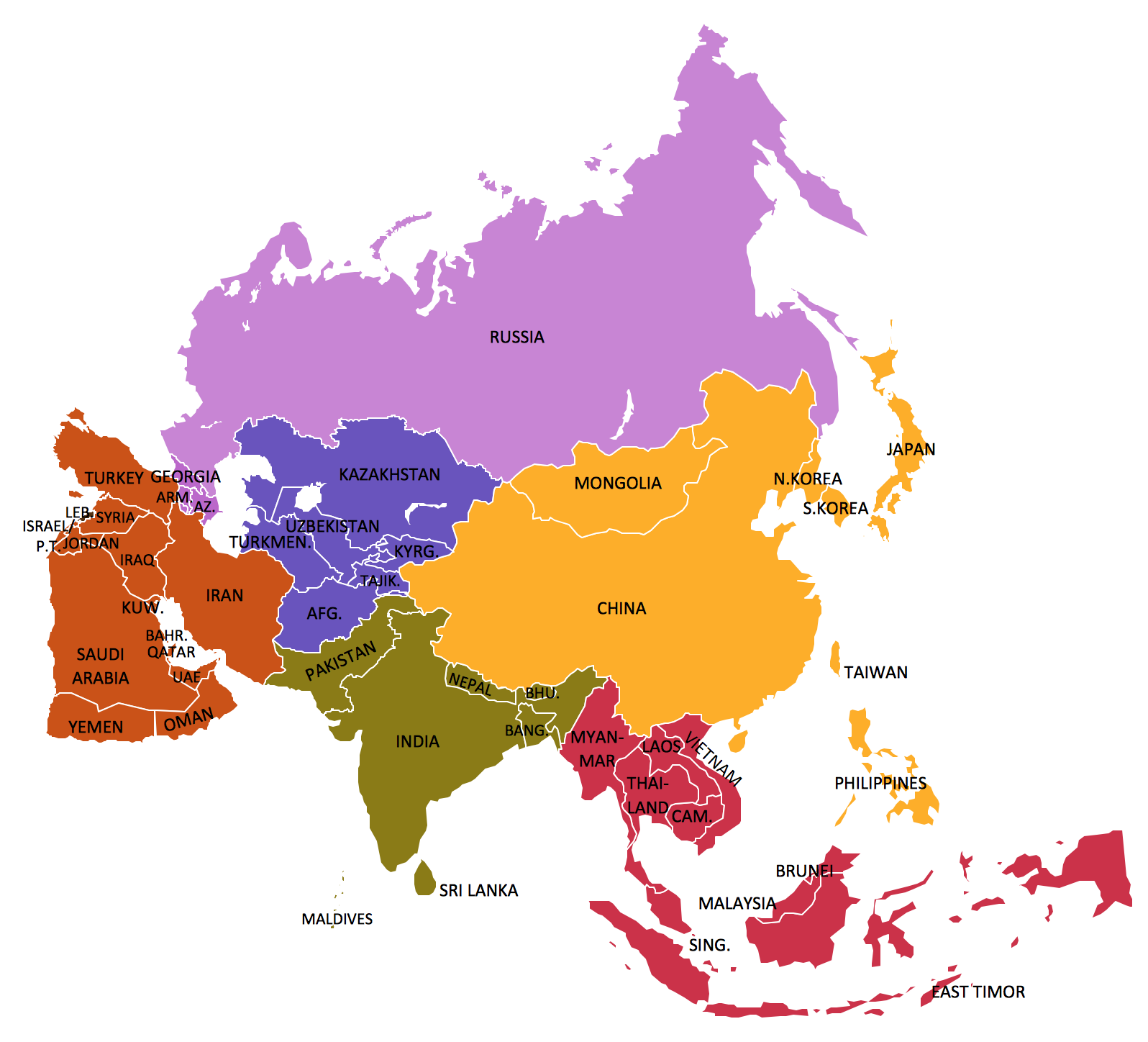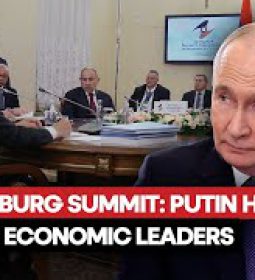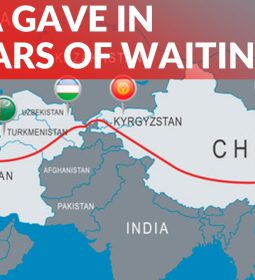Despite tariffs truce, the US and China called trade war is expanding
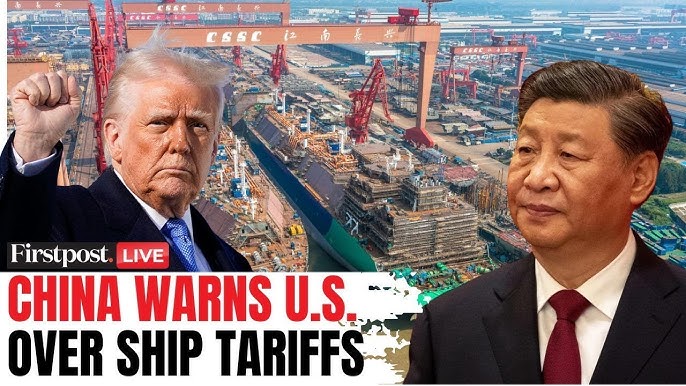
Analysts say Trump is looking to tighten tech restrictions, and this time Beijing has a better ‘toolkit’ to counter ‘long-arm jurisdiction’
Reading Time:5 minutes
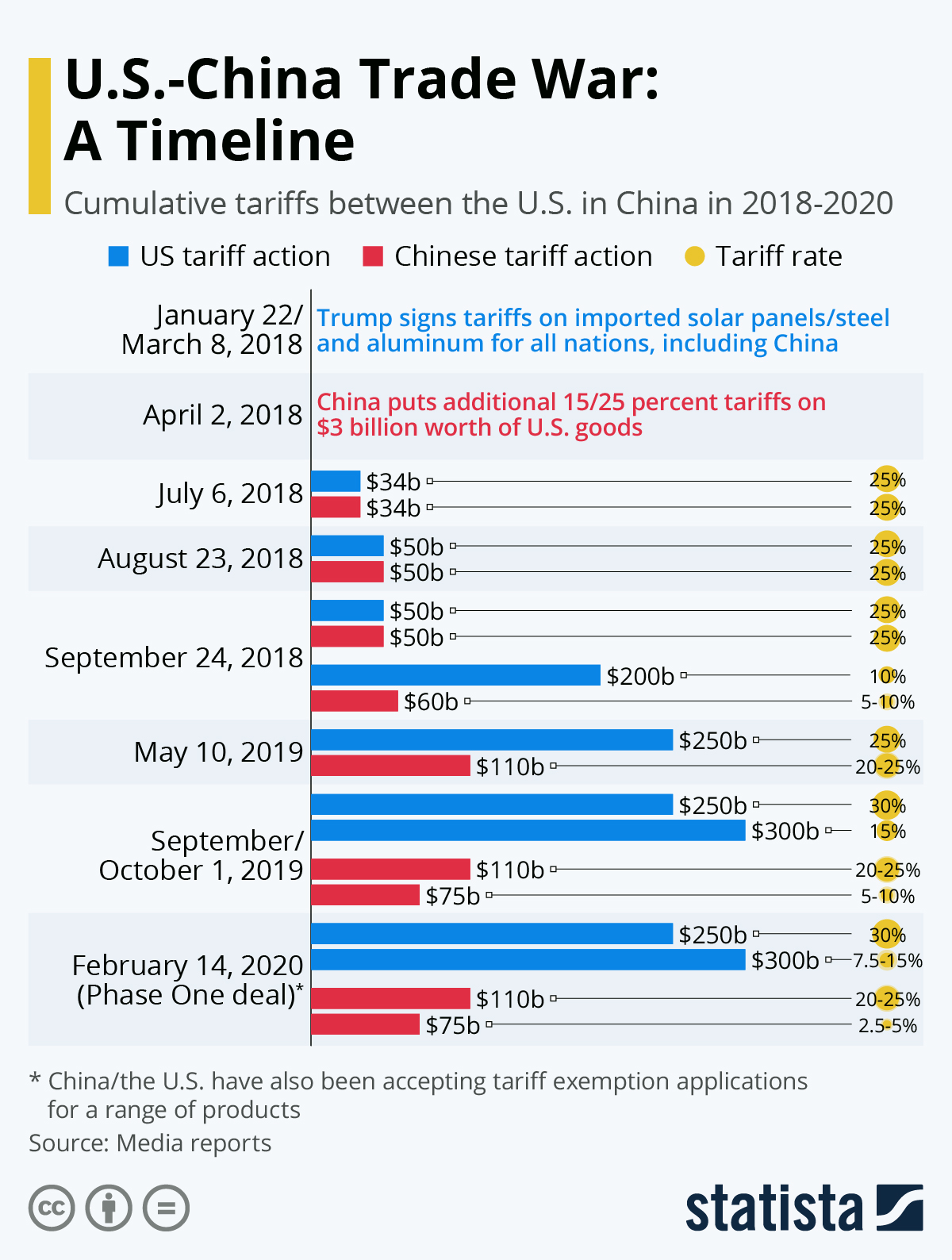
Shi Jiangtaoin Hong Kong,Laura ZhouandDewey Simin Beijing
Published: 10:00pm, 19 May 2025
After China and the United States agreed to a temporary truce in the trade war during talks in Geneva last week, tensions have again flared – casting doubt on any lasting de-escalation.
Soon after the agreement was reached to pause tariffs for 90 days, the US imposed a global ban on Chinese firm Huawei Technologies’ Ascend AI chips over alleged export control violations and national security concerns.
Beijing then accused Washington of “long-arm jurisdiction” and “maliciously blockading and suppressing Chinese chip products and the AI industry without justification”. Foreign ministry spokesman Lin Jian urged the US to halt “protectionist and unilateral bullying practices” and “stop its baseless suppression of Chinese technology companies and the AI industry”.
According to analysts, the latest ban on Huawei chips – crucial to Beijing’s efforts to develop its own advanced semiconductors and artificial intelligence – signals that President Donald Trump is looking to expand the battleground beyond tariffs and tighten tech restrictions on China.
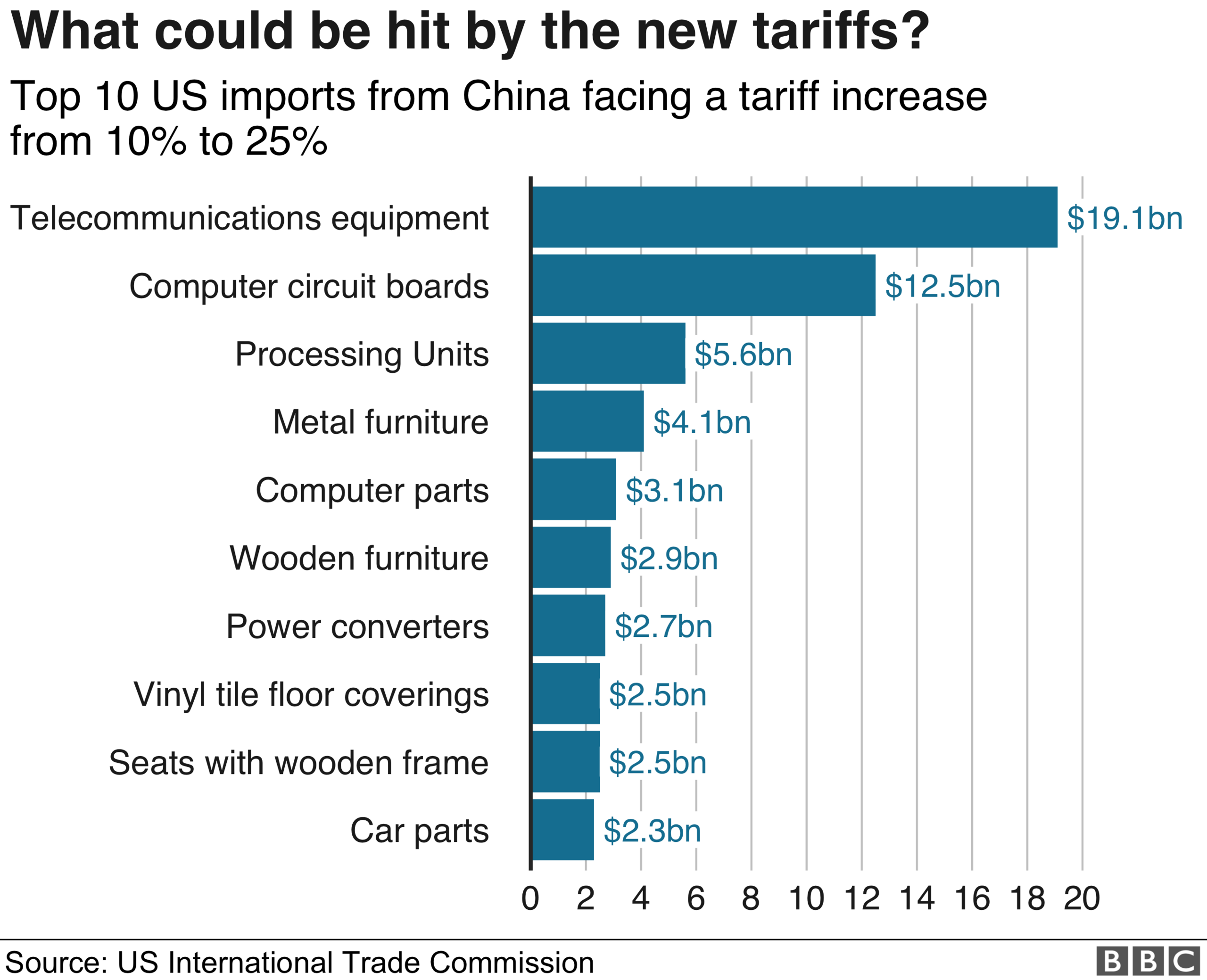
But Beijing is not just playing defence. Analysts say China is now better prepared and actively countering US restrictions, including with its own export controls and self-reliance to ensure it is not at the mercy of another country.
US and China reach deal to roll back tariffs
China, US slash most tariffs on each other after first round of trade talks
Zhao Minghao, a professor at Fudan University’s Institute of International Studies in Shanghai, said the US crackdown on Huawei chips was “significant” as it reflected Washington’s growing concerns over the tech giant’s progress.
“Its goal is to exclude Huawei from the global semiconductor ecosystem, mirroring Trump’s efforts during his first term to curb Huawei’s influence in the global 5G industry through the so-called Clean Network initiative,” he said.
Xiao Qian, vice-dean of Tsinghua University’s Institute for AI International Governance in Beijing, said the latest US move aimed to promote its own AI innovation and development while trying to hold back China’s.
“There is a strong fear in the United States that China is catching up. They saw the DeepSeek moment and it made the US even more nervous,” she said.

“In the past … people may have imagined that somehow things would get better when US-China relations got better. But that’s not going to happen.
“The Trump administration has made their target more obvious. That is, just to compete with Huawei and try to prevent Huawei from developing.”
Zhao suggested Washington could be using chip restrictions as a bargaining tactic in trade negotiations.
“With formal talks and political consultations not fully under way, both sides are assembling bargaining chips,” he said, adding that US restrictions on Nvidia’s exports of advanced chips to China also reflected this strategy.
“The tech war and tariff war are actually advancing in parallel, and the two are deeply interconnected.”
China is likely to stand firm and fight back, according to John Gong, a professor at the University of International Business and Economics in Beijing.

“I don’t think the US is able to completely block Huawei, but these disputes and struggles will become a new norm in the future,” he said. “China’s approach is straightforward: resistance and self-reliance. Right now, every policy China enacts is centred on self-sufficiency, ensuring nothing can be used as leverage against it.”
He said Beijing was also launching counter-attacks – such as restricting key material exports and using state-owned enterprises to its advantage – noting that China had surpassed the US in some areas, including defence technology.
“China’s position has shifted, and it is now much stronger [than during Trump’s first term],” he said.
Gong said Beijing had a range of measures it could use to counter US moves, including export restrictions on critical minerals. More than 90 per cent of those minerals – essential for advanced technologies ranging from electric vehicles to fighter jets – are processed in China.
Beijing retaliated against Trump’s “Liberation Day” tariffs by imposing restrictions on the export of seven rare earth metals and magnets, and shipments out of the country now require a special licence.
Even as China paused its export restrictions targeting 28 American companies for 90 days from May 14, it was not clear whether the curbs on rare earth exports would be lifted.
However, The Wall Street Journal reported, citing a source from a Chinese magnet maker, that a few companies had received one or two export licences and more were expected in the coming weeks.

Beijing has also launched a nationwide crackdown on the smuggling of strategic minerals in a bid to “avoid illegal strategic critical minerals from flowing out of the country and protect the stability of the industry’s supply chains”. It involves agencies in charge of trade, public security, intelligence, customs and postal services as well as China’s highest court.
President Xi Jinping has consistently opposed US extraterritorial measures and pushed for resistance and a “fighting spirit” to safeguard China’s sovereignty and development interests against US dominance.
Zhao said China had been working on a “countermeasures toolkit”.
That included an unreliable entity list to restrict trade with certain entities, and using the new export control and anti-foreign sanctions laws to “push back against US extraterritorial overreach, export controls, and secondary sanctions”.
For example, under the anti-foreign sanctions law enacted in 2021 and guidelines released in March, China can take all “necessary countermeasures” when its sovereignty, security and development interests are under threat – from tech and trade controls to curbs on data flows to foreign entities.
“While this legal framework is still evolving, it represents Beijing’s growing arsenal of defensive measures,” Zhao said.
Beijing has also moved to shore up ties with its neighbours, which have been under increasing pressure from the US to restrict the transshipment of Chinese goods.
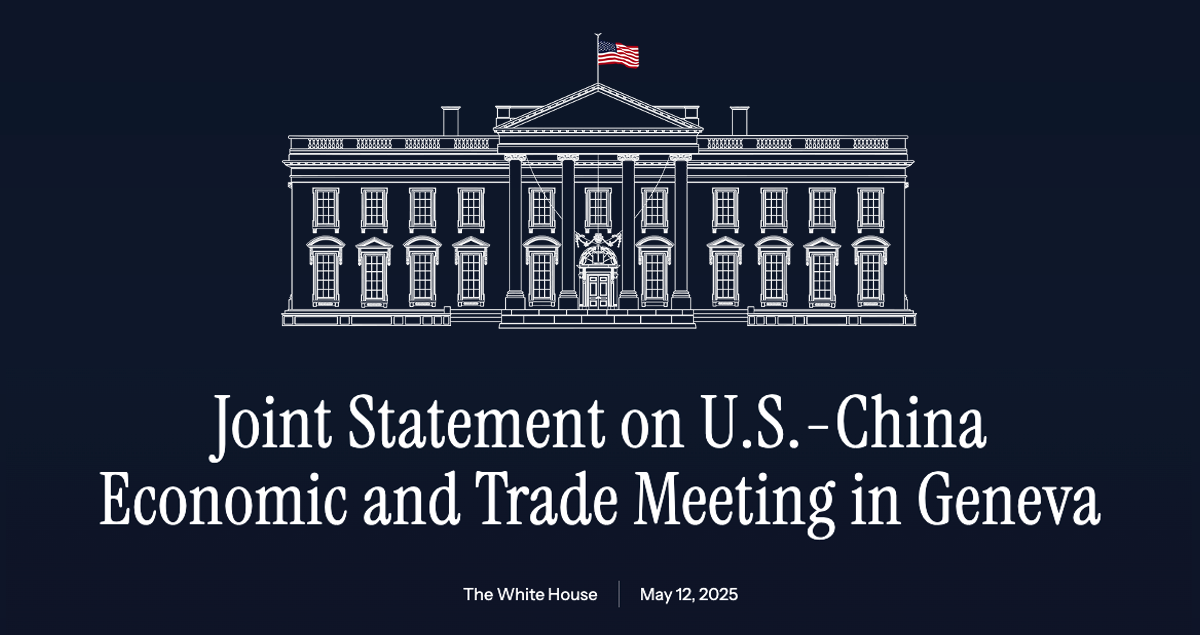
Why voters around Asia had Trump on their minds as they headed to the polls
Days before the Geneva talks, a delegation from the US-China Economic and Security Review Commission – a congressional body focused on the national security implications of their trade and economic relations – visited Vietnam and Cambodia. Both countries are transshipment hubs for Chinese goods and are in talks with the US after Trump threatened them with “reciprocal” tariffs of 45 per cent and 49 per cent.
Beijing is wary that Washington could use tariff negotiations to try to isolate China and has warned other countries against making trade deals with the US that could compromise its interests. It took aim at a trade agreement reached between the US and Britain, saying it unfairly targets Chinese interests and violates international norms.
Zhao said China’s neighbours had emerged as “a new battleground” in the US-China rivalry.
“The US may urge these nations to restrict Chinese goods and investments, making third-party negotiations a key aspect of the US-China trade dispute,” he said. “This third-party factor will influence the next phase of bilateral trade discussions.”
According to Zhao, that explains Beijing’s intensified efforts to boost its influence in the region, with Xi visiting Vietnam, Cambodia and Malaysia last month after a Communist Party conference focused on neighbourhood diplomacy.
“China is also using many ways to increase its influence on relevant countries,” he said.
While the tariff truce is a de-escalation, Zhao said it might not last long since both sides were facing “substantial” challenges at home.
Beijing remains focused on economic recovery as it weighs Washington’s demands – including buying large quantities of American goods and increasing its investment in the US. Washington, meanwhile, is dealing with political polarisation, inflation concerns, and a fluctuating dollar and stock market ahead of midterm elections next year.
Zhao said geopolitical factors could also shape negotiations.
“Apart from trade and economic issues, there are geopolitical and security issues that may impact coming interactions between the two sides,” he said. “For example, the Taiwan issue, the South China Sea disputes and the fate of the Russia-Ukraine conflict – all of which, at different levels, would have an impact on the overall atmosphere of China-US trade talks.”
- Previous China supports Denmark against US on Greenland’s future
- Next Trump to build the $175B ‘Golden Dome’ to counter ballistic missile threats: Russia and China will assimetrically reciprocate



